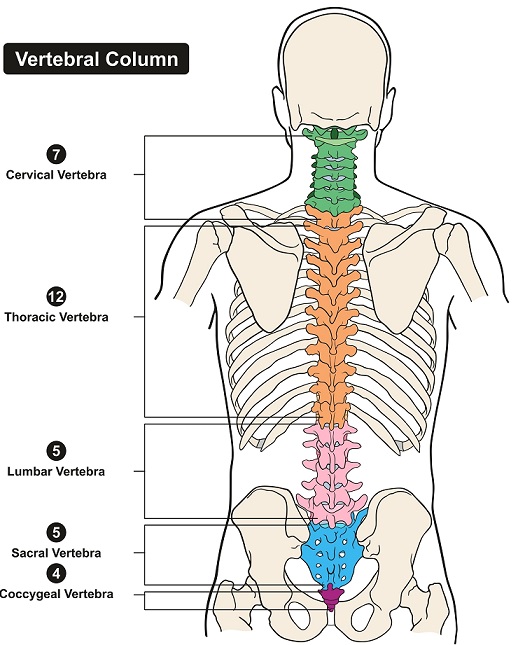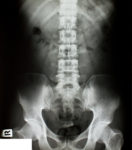Spinal Injuries can be life-changing, so as a First Aider, you must treat any patient with a suspected spinal injury with the utmost care. The spine is made up of 33 vertebrae and also contains the spinal cord. The spinal cord is where the messages from the brain are sent to control the entire body.
If damaged, the spinal cord cannot be repaired. The area where the spinal cord is damaged will indicate what damage or paralysis will ensue. For example, damaging the spinal cord in the lower lumbar region in the back can result in becoming paraplegic – paralysis of the legs. Damage higher up can result in loss of control to vital life support systems, such as the respiratory system.

Dealing with Spinal Injuries
If there is someone who has even possibly hurt their back, do not move them. However, there are a few exceptions to this. For example, if the patient will be in more danger than not by staying where they are, you should move them. Examples of this include:
- Being inside a burning car.
- If the patient is not breathing and you need to perform CPR, which would mean turning them onto their back.
- The patient is vomiting and may choke if the vomit cannot be removed.
Should you have to move someone, you can use a spinal board if available. If you do not have one, then using the Log Roll technique after proper training can be useful as well. You can also put the patient in the Spinal Recovery Position if you need to.
When dealing with a patient with a suspected spine injury, as a First Aider, your responsibilities are to support the person’s head and neck. Explain to them not to move and to look straight ahead. In many cases, there will not be a spinal injury, but always treat as if they have damaged their back.
S P I N A L
Safety – Make sure you and the patient are safe.
Patient – Tell the patient not to move.
Immobilise – Protect and maintain the airway and hold their head still.
Neutral – Keep the head in a neutral position.
Assess – for other injuries, but only if safe to do so.
Leave them where they are or use the Log Roll if you absolutely have to move them.
With any suspected Spinal Injury, make sure that the Emergency Medical Services are on their way.
For more information on training courses, visit our “Courses” page which also includes our First Responder and First Person on Scene (FPOS) Courses.


Pingback: Forestry First Aid at Work Training courses to comply with HSE
Pingback: Spinal Recovery Position - First Aid Wiki
Pingback: Recovery Position - First Aid Wiki